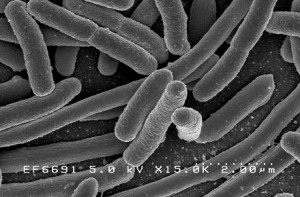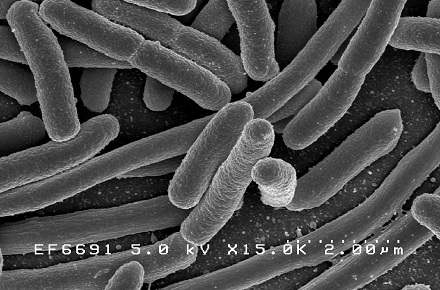NSF-CMi Limited have updated their E.coli Guidance Note. The Guidance Note, produced by Goeff Brown (Joint Managing Director), provides specific guidance to the catering and food service sector on procedures and controls to prevent E. coli infection.
 |
| [relatedPosts title=”Related Posts”] |
|
|
The Executive Summary of the Guidance Note, titled ‘Escherichia coli (VTEC): Implications and practical consumer protection controls for the UK catering sector’, is reproduced below:
Executive Summary
First recognised in the 1980s, verocytotoxin-producing Escherichia coli (VTEC) are a group of toxin-producing strains of E. coli bacteria that are pathogenic to humans. E. coli O157 is the VTEC strain that has been most commonly implicated in UK food-poisoning outbreaks although recent media attention has highlighted other emerging strains e.g. E. coli O104, associated with the serious May 2011 outbreaks in Germany & France linked with sprouting seeds.
The increase in the number of cases of E. coli outbreaks is causing significant concern for public health authorities because of the risks it poses to vulnerable segments of the population where infection can be fatal or lead to long term complications. Young children, the elderly and the immunosuppressed are particularly at risk.
E. coli can be particularly dangerous and hard to control because of its ability to cause infections at very low levels of concentration and to survive in frozen, chilled and ambient stored foods and grow quickly at ambient temperatures. Catering environments are considered to be particularly vulnerable because storage, handling and preparation of both raw and ready-to-eat foods often takes place in close environmental and physical proximity which can significantly increase the risk/potential of cross-contamination from raw to ready-to-eat foods.
This requires food catering businesses to have in place the highest standards of control to eliminate the risk of cross-contamination and subsequent infection.
The purpose of the document is to provide specific guidance to the catering and food service sector on procedures and controls to prevent E. coli infection.
The complete Guidance Note is available here.
.





